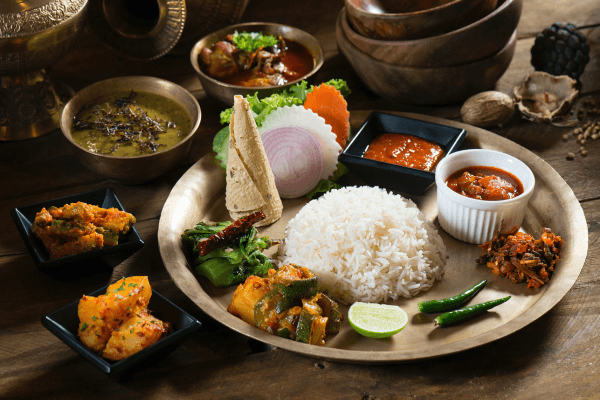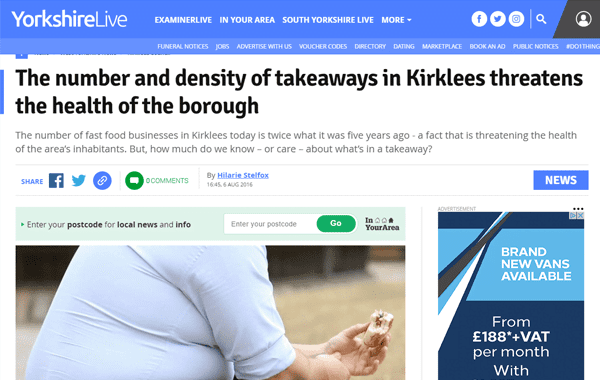A grocery shopping list is important for promoting healthier eating habits, managing your budget and also minimising food waste. Making a list also helps you prevent impulse purchases, saves you money, you can make healthier choices and saves time. It also helps you choose minimally processed food, and overconsumption of perishable food items.
In this blog, I will help you plan a shopping list and give you an idea of how to select produce from each category aisle.
How to make a shopping list?
1. Assess dietary goals
As a dietitian, I would recommend knowing the dietary needs of the individual’s health and their goals. Assessing dietary needs involves dietary restrictions, focusing on the essential nutrients, calorie requirement allergies, lifestyle, balancing macronutrients, and ensuring hydration and snacking habits.
2. Set a budget
Setting a budget for your groceries is crucial. It allows you to manage your expenses and make mindful choices. To set a budget one should identify the non-grocery expenses and plan a budget that can cover monthly or weekly grocery bills.
The budget should be planned keeping in mind the cost of the grocery items. The allotted budget should let you buy all the necessary items that are on the list. Always prioritise essential items, consider buying in bulk and it is best to compare the prices of the food items.
Set a time and date every week to make your grocery purchase and avoid frequent trips to supermarkets.
3. Create a plan
The plan should be organised by food groups – grains, vegetables, proteins, dairy, fruits and other miscellaneous items. Basic items and everyday essential staples should be on the list. Meal components can be categorised, seasonal items should be considered as they are fresh.
4. Plan meals and snacks
Planning your meal ahead of time helps you to make good choices and allows you to select from various food groups. It also has better control over calorie intake. When planning ahead it becomes easier to tailor the meals to specific needs.
By planning you can avoid getting stressed or deciding what to cook each day.
5. Check inventory
Before buying groceries it is always better to check what is left at home. Going through the inventory helps reduce overbuying, prioritise perishables, facilitate batch cooking, promote mindful eating and optimise budget.
Checking on inventory can help plan new meals with leftover ingredients. Regular inventory checks are important.
Leftovers should be included, inventory should be checked to avoid repetition. Apps that help you note or plan can be used.
6. Include seasonal produce
Purchasing seasonal produce is a good strategy as it is cost-effective and fresh. Produces that are harvested in the season have a freshness, flavour, and high nutritional content. It is better to be informed about the local availability of seasonal produce. It is sustainable and cost-effective to plan your meals using seasonal produce.
7. Prioritise nutrient – rich foods
Opting for food that is nutritionally dense aids in weight management, enhancing energy levels, promoting optimal digestion and maintenance of sugar levels.
To prioritise nutrient-dense food include a variety of colourful vegetables, whole grains, lean proteins, healthy fats, fruits and low-dairy or its alternatives. Staying hydrated is important, read your food labels before purchasing, and limit your processed food purchases.
8. Consider batch cooking
Cooking food in large quantities and portioning them is a meal preparation strategy. This can save time, money and energy by reducing shopping trips. It is best to use lean protein, freezer-friendly options and flexible ingredients. Cooking in batches can save time only when the meal is planned.
9. Plan for leftovers
It is best to take into consideration the leftovers before grocery shopping, this way it will help to minimise food waste. Plan for creative meal recipes with leftover ingredients. It is good to invest in good storage containers.
Designate a day in a week for using the leftover ingredients in the fridge. Choose adaptable flavours that complement each other and recipes that reheat well.
How to select food from various aisles?
1. Produce aisle
Prioritise a colourful variety of fruits and vegetables and select seasonal produce for its freshness and flavours. Be mindful of ripeness, bruises, damages and exotic fruits. It is good to have a balance between fresh produce and frozen options. Pre-cut options can be considered if the time is limited. You can buy whole fruits instead of fruit juices or pre-packed fruit snacks for fibre and nutrient density.
You can plan your produce purchase by selecting different culinary uses, such as snacking, salads, cooking and juicing.
2. Protein aisle
Choose a mix of animal and plant-based protein to ensure a broad range of essential amino acids and other nutrients. Choose lean animal protein instead of red meat for a healthier option. Include fatty fish such as salmon, mackerel and trout rich in omega-3. Plant-based proteins like tofu, tempeh, legumes, lentils, chickpeas, and beans are also high in fibre.
It is important to read labels to know about the additives, preservatives, allergens, sodium content, added sugars and other information. It is best to look for antibiotic-free and hormone-free labels when choosing meat.
3. Dairy aisle
Dairy and dairy products are good sources of calcium, it is also fortified with vitamins and minerals. Choose dairy products that are low in fat and fat-free to reduce intake of saturated fat. Check for hormone-free, antibiotic-free and any allergens on the labels. Incorporate dairy products into your cooking. Be mindful of sodium in cheese.
You can also explore alternative dairy options such as almond, soy, oat, and coconut milk. Always check for expiry dates because dairy products are perishable.
4. Grain aisle
Grains are more of a staple diet. It includes a variety of whole grains, refined grains, and grain-based products. Prioritise whole grains over refined grains. Check nutritional labels for gluten-free options, limited sugars, sodium content and other allergens. Choose to buy in bulk quantities and store in an air-tight container.
5. Frozen aisle
Make informed choices, always prioritise whole foods, and check ingredient lists. Watch for added sugars and sodium, and choose frozen fruits and vegetables without added sauces or seasonings. Opt for lean proteins, plant-based proteins and unprocessed grains. Check nutritional labels to avoid highly processed food and the addition of additives. Select products that have non-GMO and organic options this way you can ensure the meal is healthy and balanced.
6. Snacks aisle
Choose snacks that are low in added sugars, and sodium, and minimally processed. Opt for snacks that contain nuts, seeds, fresh fruits and vegetables, whole-grain snacks and dairy products. Explore nut butter, energy protein bars, vegetables, dried fruits and air-popped popcorn. Remember to be mindful of ingredients, portion sizes and nutritional content to ensure a balanced and healthy diet.
7. Canned goods aisle
Canned foods are a convenient and budget-friendly way. Foods stored in cans use salt and sugar solutions. It is best to check nutrition labels, choose low-sodium options and always look for BPA-free packaging, prioritise whole foods, lean protein in canned foods.
It is important to check the expiry dates and bulging of the can to indicate if it is contaminated. Always pay attention to the food labels.
A well-planned grocery list helps you to eat healthier. It is also efficient in budgeting, and reducing food waste. By following strategic steps such as assessing one’s dietary goals, planning meals and snacks, checking inventory, and creating meal plans, including seasonal produce, one can achieve a streamlined shopping experience and also a healthier lifestyle. This becomes a commitment to health, sustainability and a meaningful approach to nutrition.
Kripa N,
Senior Clinical Dietitian, Simplyweight













